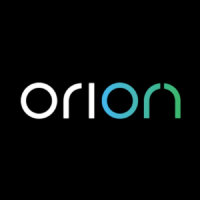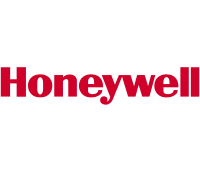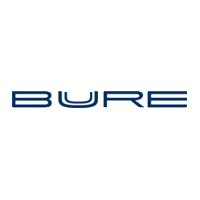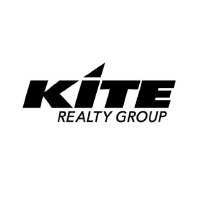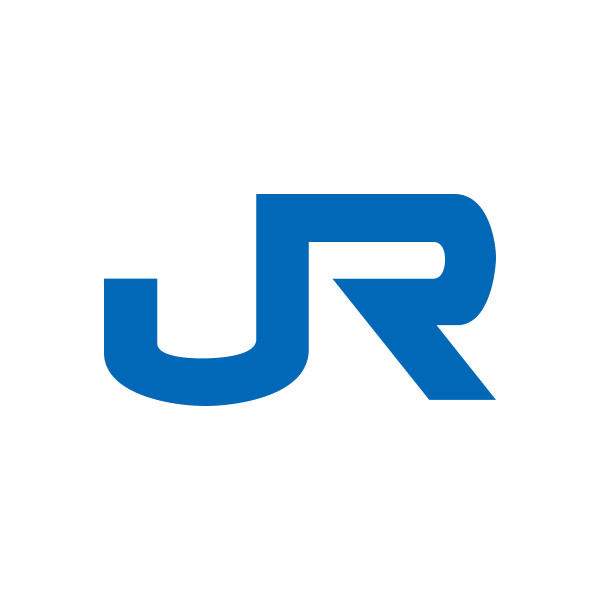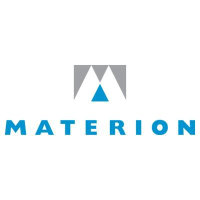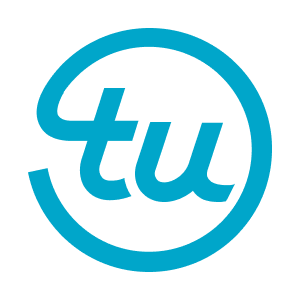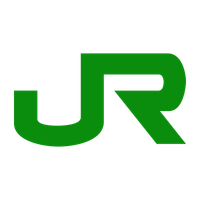
East Japan Railway Co
TSE:9020


| US |

|
Johnson & Johnson
NYSE:JNJ
|
Pharmaceuticals
|
| US |

|
Berkshire Hathaway Inc
NYSE:BRK.A
|
Financial Services
|
| US |

|
Bank of America Corp
NYSE:BAC
|
Banking
|
| US |

|
Mastercard Inc
NYSE:MA
|
Technology
|
| US |

|
UnitedHealth Group Inc
NYSE:UNH
|
Health Care
|
| US |

|
Exxon Mobil Corp
NYSE:XOM
|
Energy
|
| US |

|
Pfizer Inc
NYSE:PFE
|
Pharmaceuticals
|
| US |

|
Palantir Technologies Inc
NYSE:PLTR
|
Technology
|
| US |

|
Nike Inc
NYSE:NKE
|
Textiles, Apparel & Luxury Goods
|
| US |

|
Visa Inc
NYSE:V
|
Technology
|
| CN |

|
Alibaba Group Holding Ltd
NYSE:BABA
|
Retail
|
| US |

|
JPMorgan Chase & Co
NYSE:JPM
|
Banking
|
| US |

|
Coca-Cola Co
NYSE:KO
|
Beverages
|
| US |

|
Walmart Inc
NYSE:WMT
|
Retail
|
| US |

|
Verizon Communications Inc
NYSE:VZ
|
Telecommunication
|
| US |

|
Chevron Corp
NYSE:CVX
|
Energy
|
Utilize notes to systematically review your investment decisions. By reflecting on past outcomes, you can discern effective strategies and identify those that underperformed. This continuous feedback loop enables you to adapt and refine your approach, optimizing for future success.
Each note serves as a learning point, offering insights into your decision-making processes. Over time, you'll accumulate a personalized database of knowledge, enhancing your ability to make informed decisions quickly and effectively.
With a comprehensive record of your investment history at your fingertips, you can compare current opportunities against past experiences. This not only bolsters your confidence but also ensures that each decision is grounded in a well-documented rationale.
Do you really want to delete this note?
This action cannot be undone.

| 52 Week Range |
2 629.5
4 077
|
| Price Target |
|
We'll email you a reminder when the closing price reaches JPY.
Choose the stock you wish to monitor with a price alert.

|
Johnson & Johnson
NYSE:JNJ
|
US |

|
Berkshire Hathaway Inc
NYSE:BRK.A
|
US |

|
Bank of America Corp
NYSE:BAC
|
US |

|
Mastercard Inc
NYSE:MA
|
US |

|
UnitedHealth Group Inc
NYSE:UNH
|
US |

|
Exxon Mobil Corp
NYSE:XOM
|
US |

|
Pfizer Inc
NYSE:PFE
|
US |

|
Palantir Technologies Inc
NYSE:PLTR
|
US |

|
Nike Inc
NYSE:NKE
|
US |

|
Visa Inc
NYSE:V
|
US |

|
Alibaba Group Holding Ltd
NYSE:BABA
|
CN |

|
JPMorgan Chase & Co
NYSE:JPM
|
US |

|
Coca-Cola Co
NYSE:KO
|
US |

|
Walmart Inc
NYSE:WMT
|
US |

|
Verizon Communications Inc
NYSE:VZ
|
US |

|
Chevron Corp
NYSE:CVX
|
US |
This alert will be permanently deleted.
East Japan Railway Co
East Japan Railway Co., often referred to as JR East, stands as a colossal entity in the transportation sector, deeply entrenched within the societal fabric of Japan. Emerging from the privatization of the Japanese National Railways in 1987, JR East quickly adapted to the pulsating heartbeat of modern urban life, especially in the bustling metropolises like Tokyo. The company has grown to operate an extensive rail network including the famed Shinkansen bullet trains, local commuter lines, and urban transit services. Through rigorous focus on punctuality, efficiency, and customer service, JR East carved out a formidable reputation that millions of travelers rely on daily. By addressing the ever-growing demand for seamless urban transit, the company ensures a vital, daily connection for both work and leisure, effectively maintaining the rhythm of life in one of the world's most dynamic regions.
However, the influence of JR East transcends far beyond the rail tracks. The company has astutely diversified its streams of revenue, exploring avenues such as retail, real estate, and technology. Over the decades, JR East strategically developed retail spaces within and surrounding its stations, transforming them into bustling commercial hubs. By leveraging its prime locations, the company maximizes foot traffic through shopping centers, restaurants, and entertainment facilities tailored to commuter lifestyles. Furthermore, JR East’s ventures into real estate development have not only capitalized on city spaces but also enhanced community living standards through mixed-use developments. In recent years, the shift towards harnessing technology has enabled JR East to streamline operations and venture into data-driven services, broadening its impact and profitability in the digital age.

East Japan Railway Co., often referred to as JR East, stands as a colossal entity in the transportation sector, deeply entrenched within the societal fabric of Japan. Emerging from the privatization of the Japanese National Railways in 1987, JR East quickly adapted to the pulsating heartbeat of modern urban life, especially in the bustling metropolises like Tokyo. The company has grown to operate an extensive rail network including the famed Shinkansen bullet trains, local commuter lines, and urban transit services. Through rigorous focus on punctuality, efficiency, and customer service, JR East carved out a formidable reputation that millions of travelers rely on daily. By addressing the ever-growing demand for seamless urban transit, the company ensures a vital, daily connection for both work and leisure, effectively maintaining the rhythm of life in one of the world's most dynamic regions.
However, the influence of JR East transcends far beyond the rail tracks. The company has astutely diversified its streams of revenue, exploring avenues such as retail, real estate, and technology. Over the decades, JR East strategically developed retail spaces within and surrounding its stations, transforming them into bustling commercial hubs. By leveraging its prime locations, the company maximizes foot traffic through shopping centers, restaurants, and entertainment facilities tailored to commuter lifestyles. Furthermore, JR East’s ventures into real estate development have not only capitalized on city spaces but also enhanced community living standards through mixed-use developments. In recent years, the shift towards harnessing technology has enabled JR East to streamline operations and venture into data-driven services, broadening its impact and profitability in the digital age.
Revenue Growth: Operating revenue rose 4.2% to JPY 715.3 billion, marking the fifth consecutive period of growth, mainly from higher railway use and EKINAKA store sales.
Income Fluctuations: Operating income fell to JPY 114.7 billion, primarily due to fewer large real estate sales compared to the previous year. Net income, however, increased by JPY 5.3 billion to JPY 78.6 billion, helped by gains on investment securities sales.
Segment Trends: All segments posted higher revenue, but only Retail and Services delivered both revenue and income growth. Transportation, Real Estate & Hotels, and Others saw income fall despite revenue gains.
Cost Pressures: The company faced higher personnel and maintenance costs, along with increased outsourcing and capital expenses.
Forecast & Dividend: Full-year financial guidance and dividend outlook (JPY 62 per share; 30.9% payout ratio) remain unchanged.
Treasury Stock Buyback: The company announced a buyback of approximately 2.4 million shares (up to JPY 7.7 billion) for use in employee compensation and capital policy.

